The snake plant (Sansevieria), also known as mother-in-law’s tongue, is a hardy, stylish, and low-maintenance houseplant that is perfect for beginners and seasoned plant lovers alike. Propagation—growing new plants from an existing one—is a fantastic way to expand your indoor garden, share plants with friends, or rejuvenate an aging plant. In this guide, we’ll walk you through everything you need to know about snake plant propagation, from methods to care tips and troubleshooting.
Why Propagate Snake Plants?
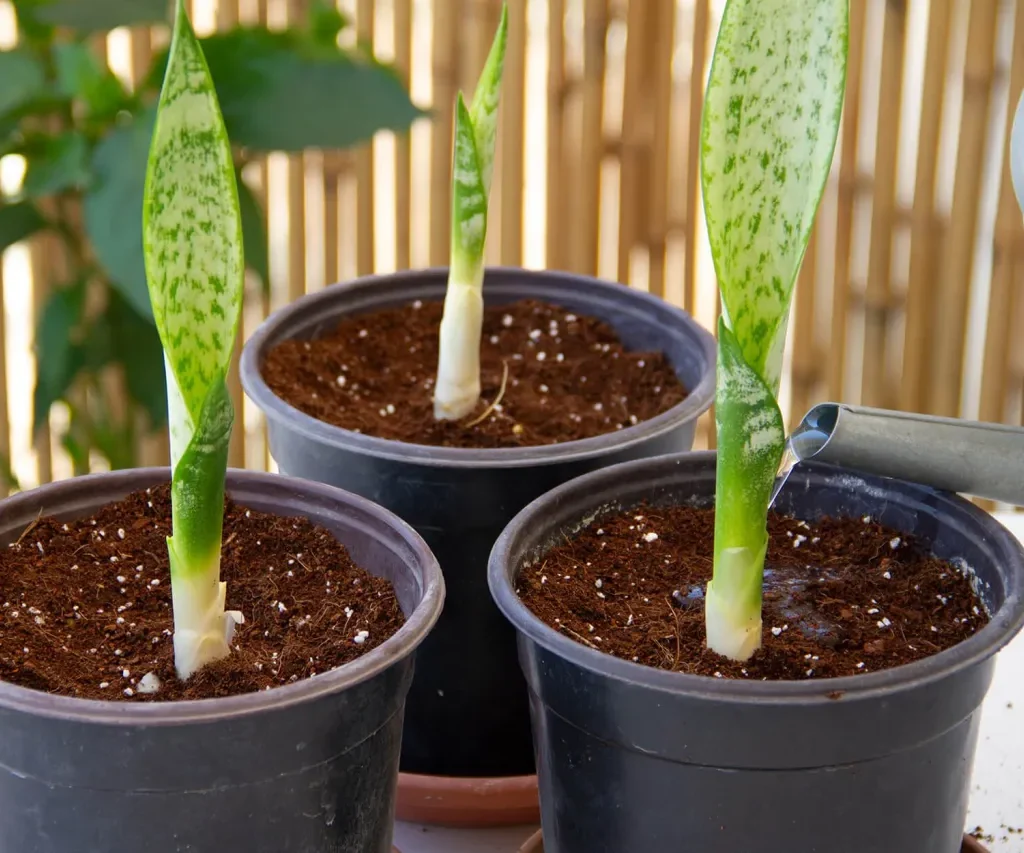
There are several benefits to propagating snake plants:
- Cost-effective: You don’t need to buy new plants; just use what you have.
- Gift-worthy: Propagated snake plants make perfect eco-friendly gifts.
- Revives old plants: Propagation is ideal for rescuing and rejuvenating overgrown or damaged plants.
- Multiplying your collection: Grow several plants from just one mother plant.
The Best Time to Propagate
Snake plants can be propagated year-round, but spring and summer are the best seasons. The warm weather and bright light encourage faster root development and healthier growth. Avoid propagating in winter when the plant’s growth slows down.
Methods of Propagating Snake Plants
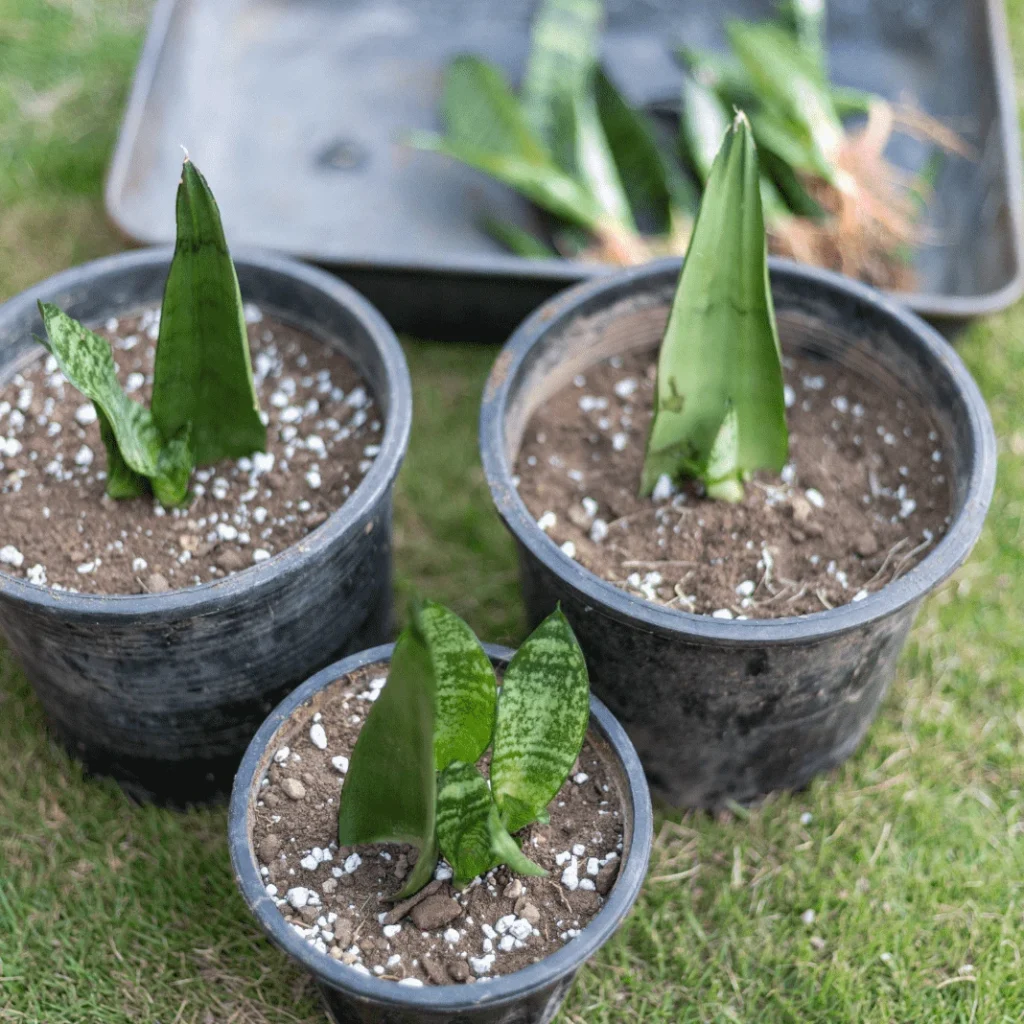
There are three primary methods of snake plant propagation:
1. Leaf Cuttings in Soil
This is one of the easiest and most common ways.
Materials Needed:
- A healthy snake plant leaf
- Sharp sterilized knife or scissors
- Small pots with drainage holes
- Well-draining soil (cactus or succulent mix)
Steps:
- Choose a healthy leaf from your snake plant and cut it near the base.
- Cut into sections of 2–3 inches. Keep track of which end was the bottom.
- Let the cuttings dry for 1–2 days to allow the ends to callous. This prevents rot.
- Plant the cuttings about 1 inch deep in moist soil with the correct end down.
- Water lightly and place in indirect light.
- Wait patiently—roots can take 4–6 weeks to form.
Tip: Mark the bottom of each cutting to ensure you’re planting it the right way up. Snake plant leaves only root from the base.
2. Leaf Cuttings in Water
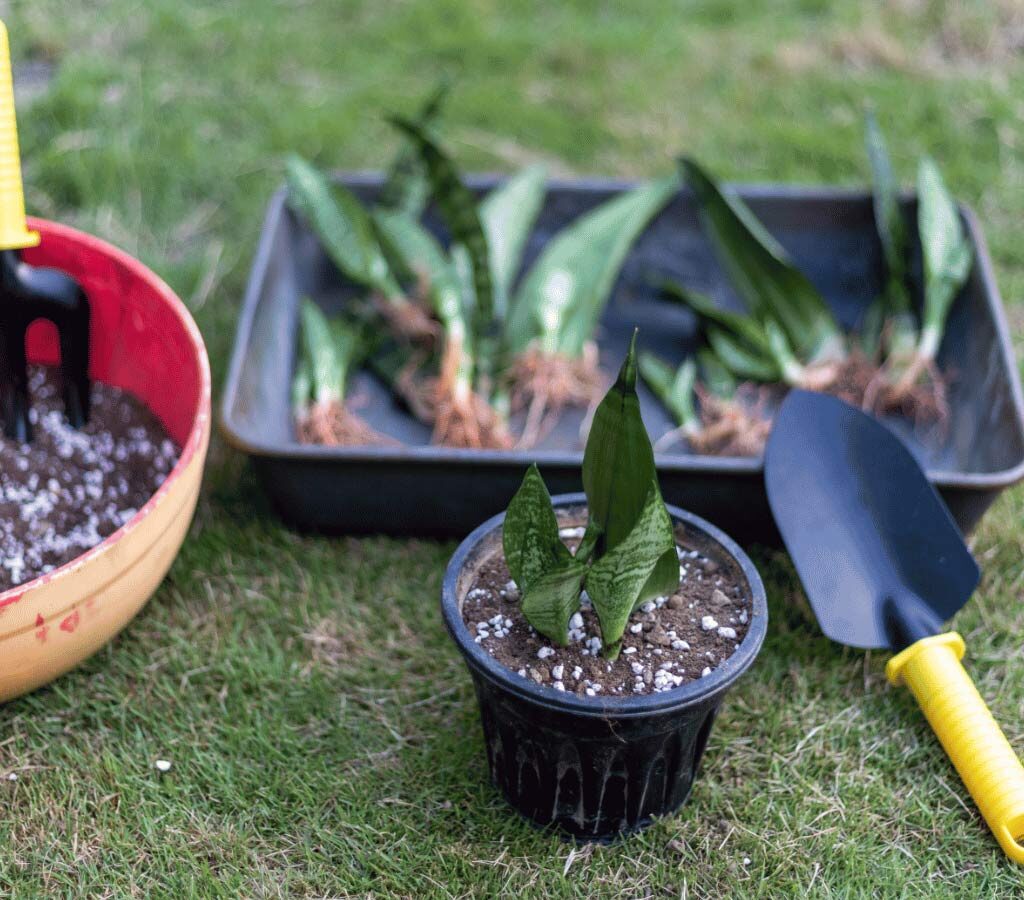
This method is ideal for watching roots develop and is especially beginner-friendly.
Materials Needed:
- Clean glass or jar
- Water (preferably filtered or dechlorinated)
- Healthy leaf cuttings
Steps:
- Cut a healthy leaf into sections as with the soil method.
- Place the bottom end of each piece in a jar of water.
- Ensure only the base is submerged, not the entire cutting.
- Change the water every 3–4 days to prevent bacteria and algae.
- Roots will appear in 4–6 weeks.
- Once roots are a few inches long, transfer to soil.
Tip: Place the jar in a warm, bright spot (but not in direct sunlight).
3. Division of Rhizomes
This is the fastest and most reliable propagation method, especially for mature snake plants.
Materials Needed:
- A mature snake plant
- Clean sharp knife or garden shears
- Several small pots with soil
Steps:
- Remove the plant from its pot and gently shake off the soil.
- Look for natural divisions or rhizomes (horizontal underground stems).
- Cut the plant into sections, each with at least 1 healthy leaf and root system.
- Replant each section in a new pot with fresh soil.
- Water lightly and allow time for adjustment.
Tip: Don’t water immediately after cutting. Let the new divisions rest for a day to avoid root rot.
Post-Propagation Care

Once your snake plant cuttings or divisions are potted, proper care is key to ensure healthy growth.
Light Requirements
- Bright, indirect light is ideal.
- Avoid harsh, direct sunlight as it can scorch new leaves.
- Snake plants tolerate low light but grow faster in brighter spots.
Watering
- Keep the soil lightly moist for newly propagated plants.
- Once roots develop, shift to normal watering: every 2–3 weeks, allowing soil to dry between waterings.
- Never let the plant sit in soggy soil.
Humidity and Temperature
- Room temperature between 60°F to 85°F (15°C–29°C) is ideal.
- Snake plants thrive in average indoor humidity.
- Avoid cold drafts or sudden temperature drops.
Troubleshooting Common Propagation Problems
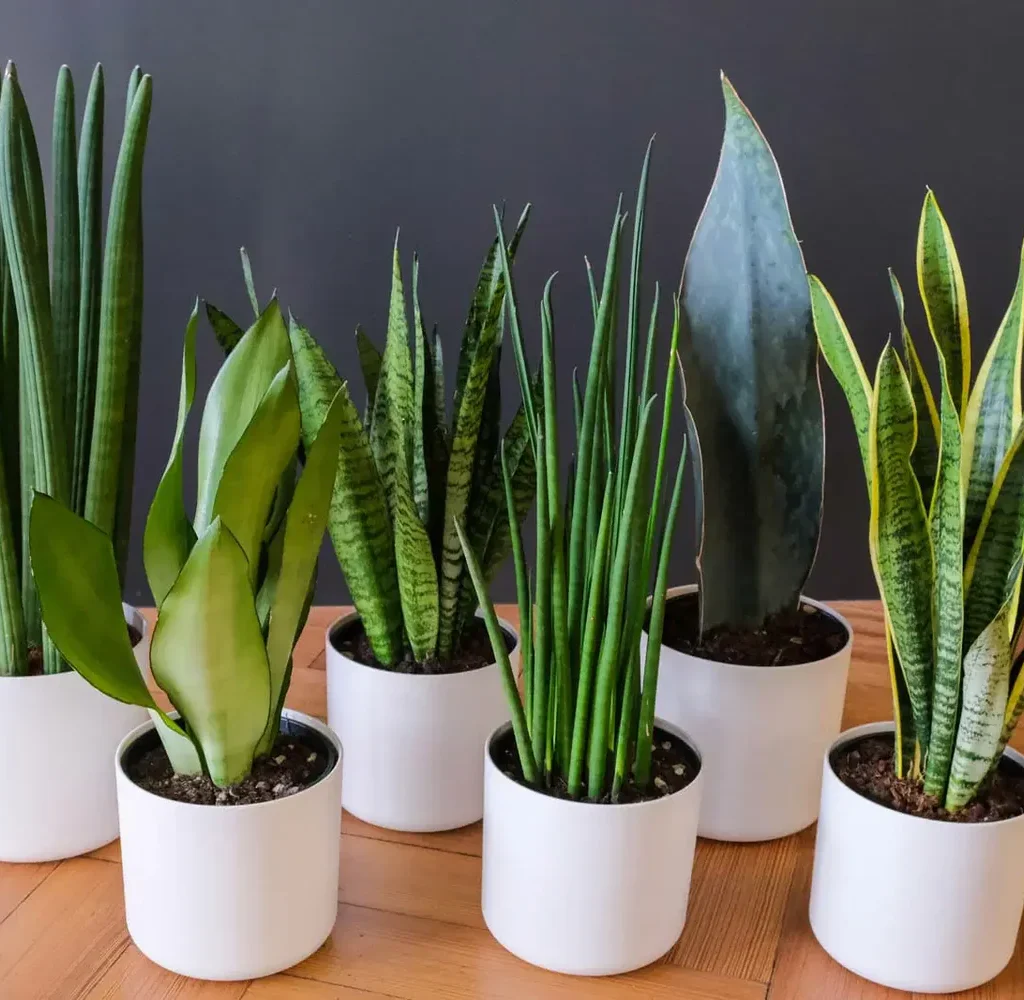
Even though snake plants are easy to propagate, you might encounter a few hiccups. Here’s how to handle them:
1. Cuttings Not Rooting
- Check for adequate warmth and light.
- Make sure the cuttings were placed correct-side down.
- Patience! It can take several weeks for roots to form.
2. Leaf Rot
- Occurs due to overwatering or failing to let cuttings callous.
- Remove rotten portions and allow the rest to dry before replanting.
3. Mold in Water Method
- Caused by stale water. Change water every 3–4 days.
- Rinse the container and cuttings thoroughly.
Benefits of Propagation for Indoor Gardeners
- Sustainability: Reduces plant waste and buying new plants.
- Learning experience: Helps you understand plant biology better.
- Custom indoor decor: Fill your shelves with green air-purifying beauties.
- Healthy growth: Older plants benefit from trimming and dividing.
Final Thoughts
Propagating snake plants is an incredibly rewarding experience. Whether you choose to multiply your plants through soil, water, or rhizome division, you’ll enjoy the satisfaction of watching new life take root. For beginners, the process is simple, educational, and a great introduction to the world of plant care. With minimal tools, a bit of patience, and consistent care, you’ll soon have a flourishing family of snake plants adorning your home.

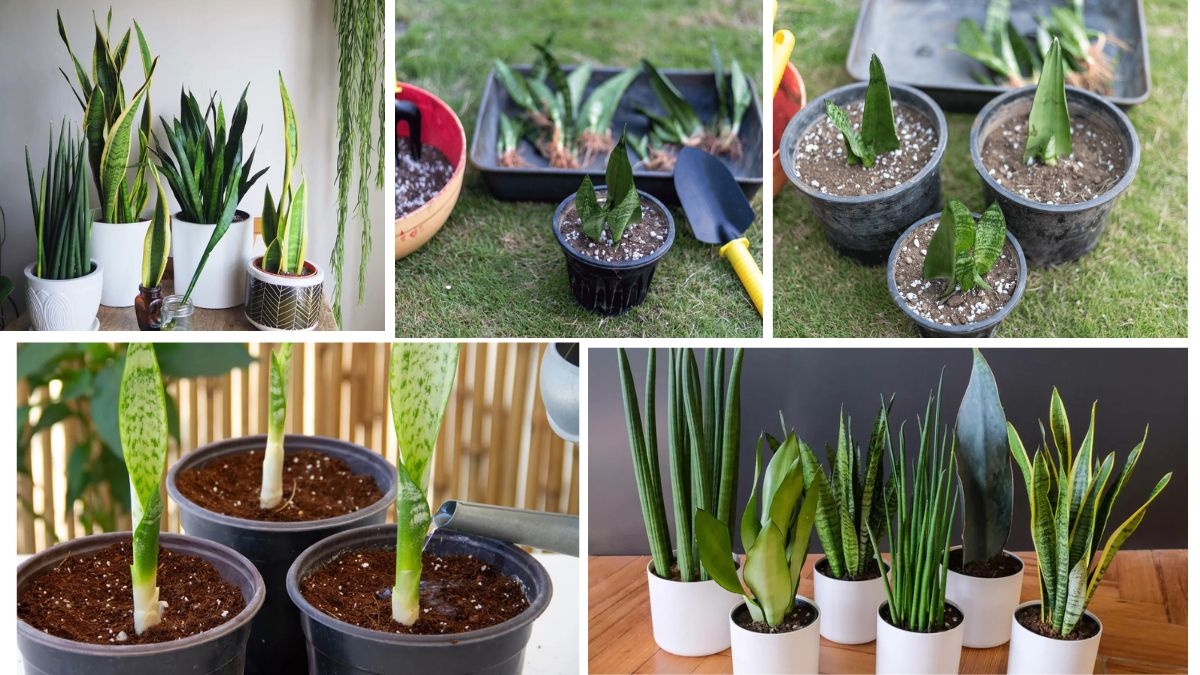




Leave A Comment